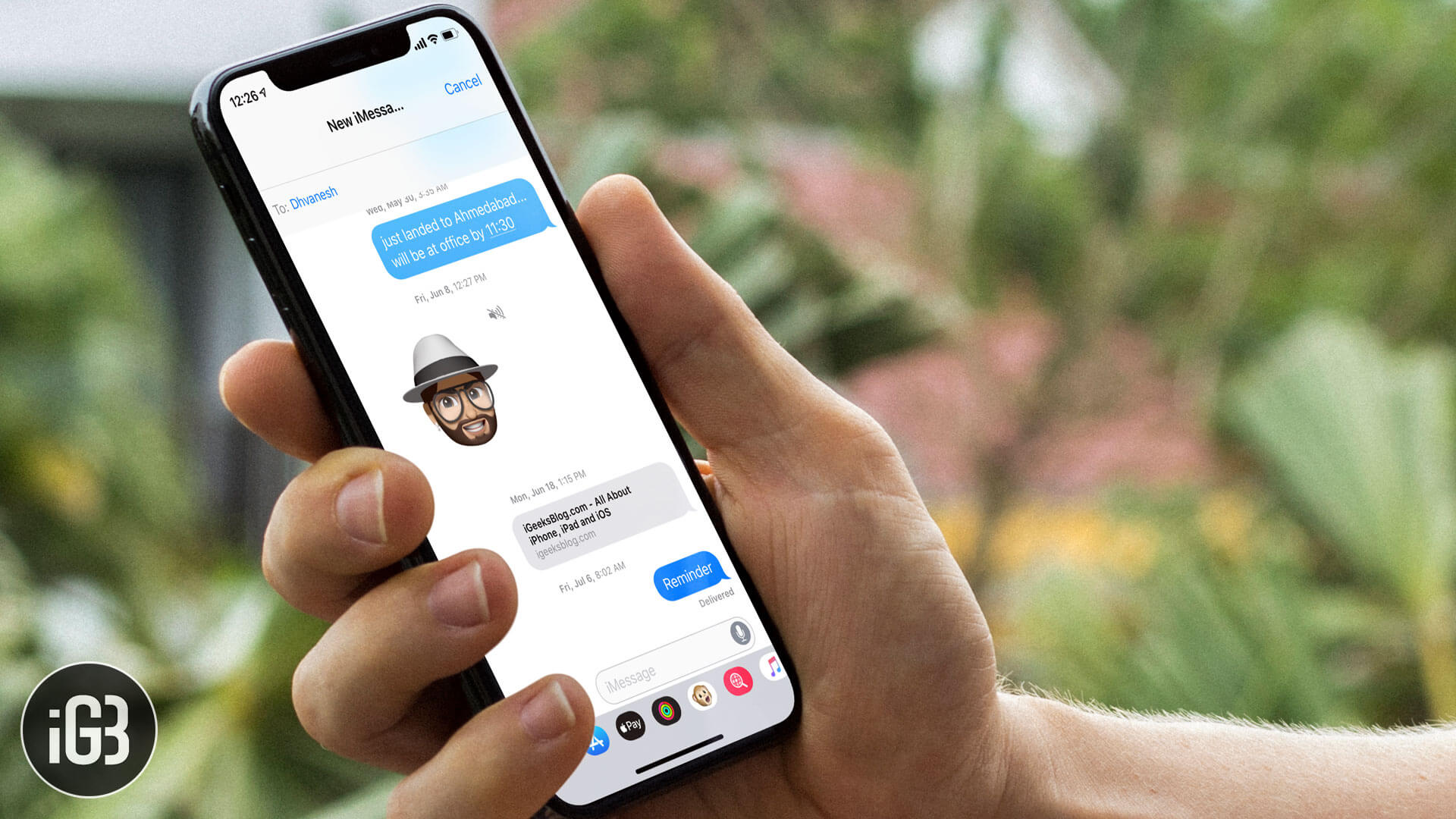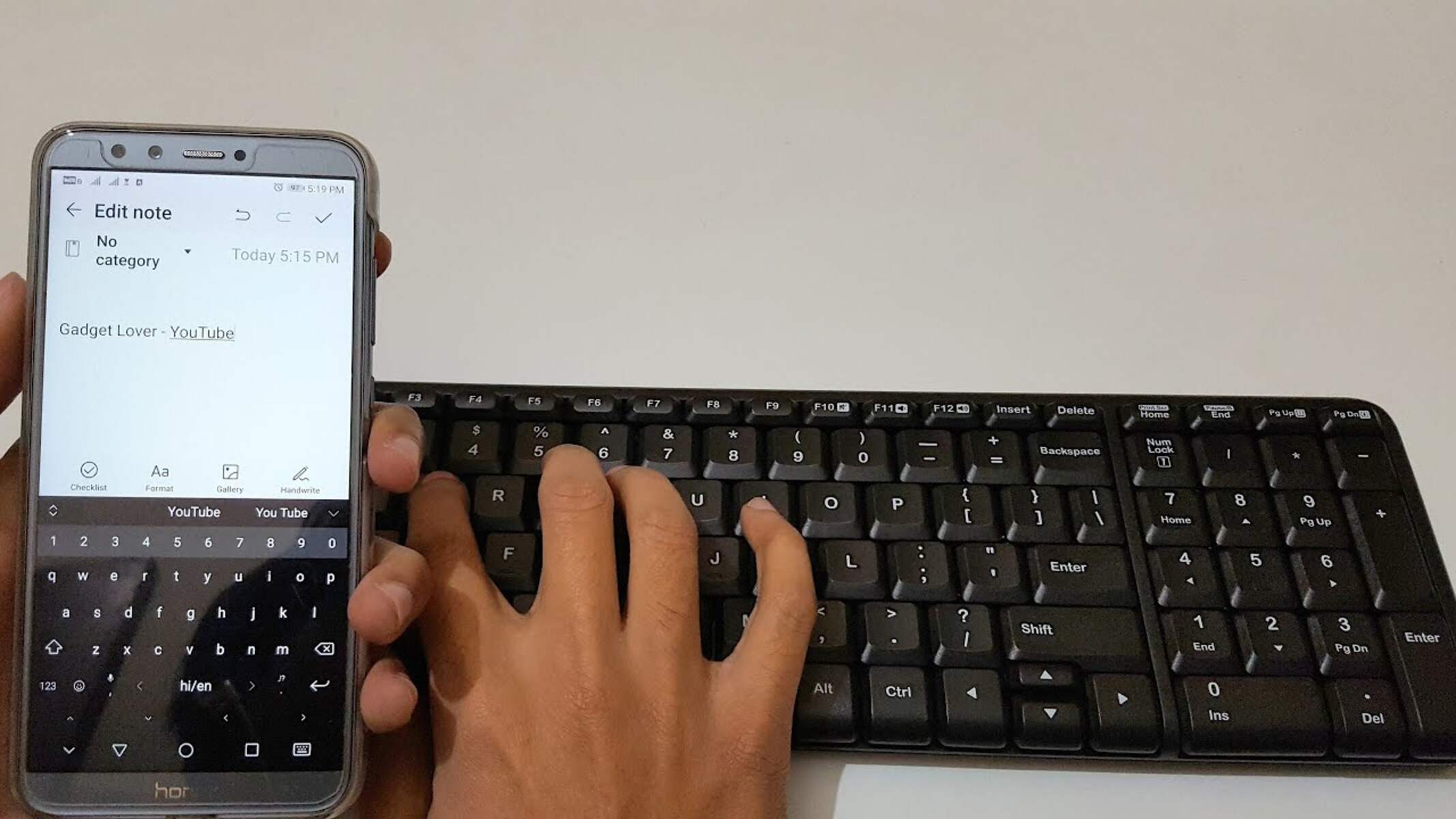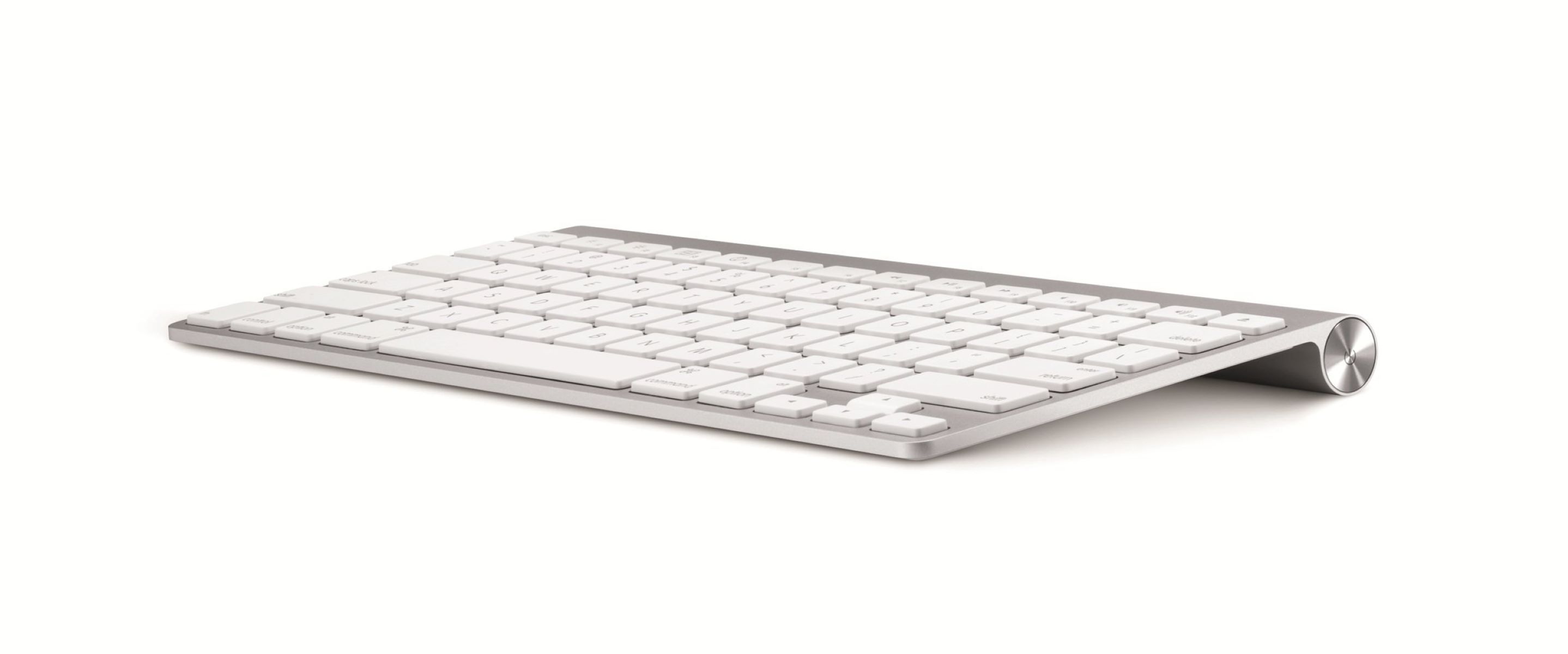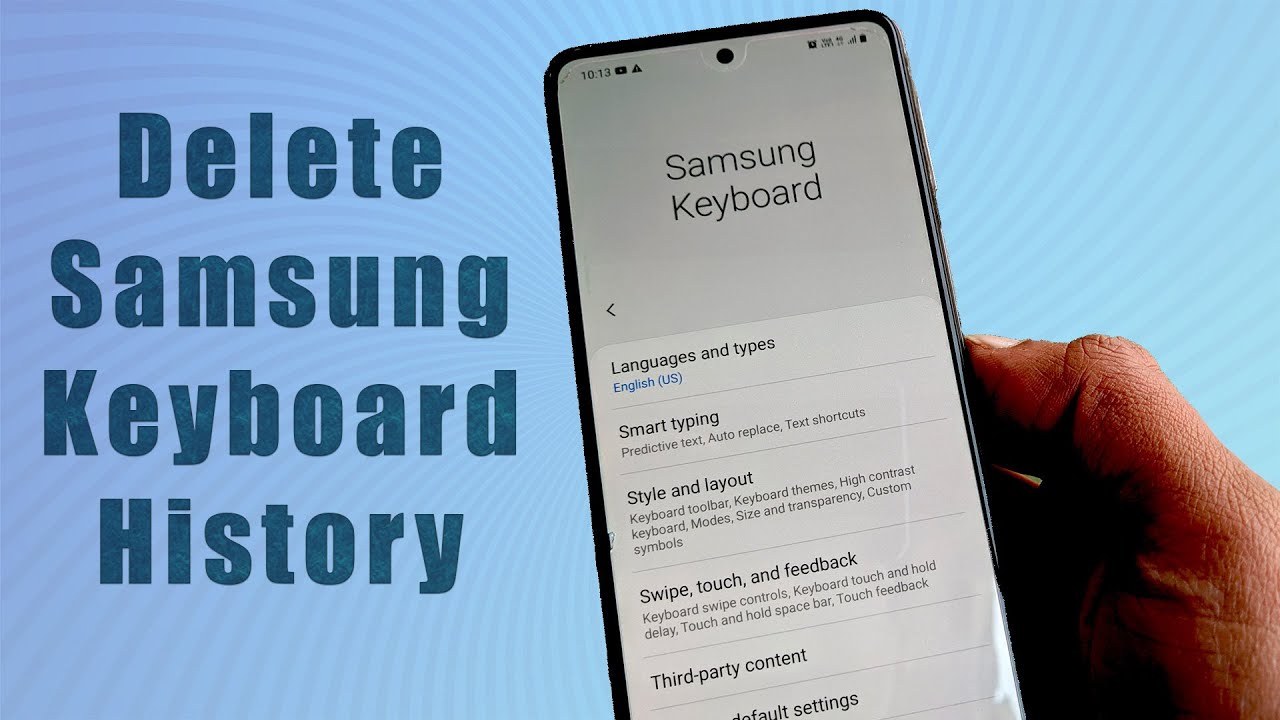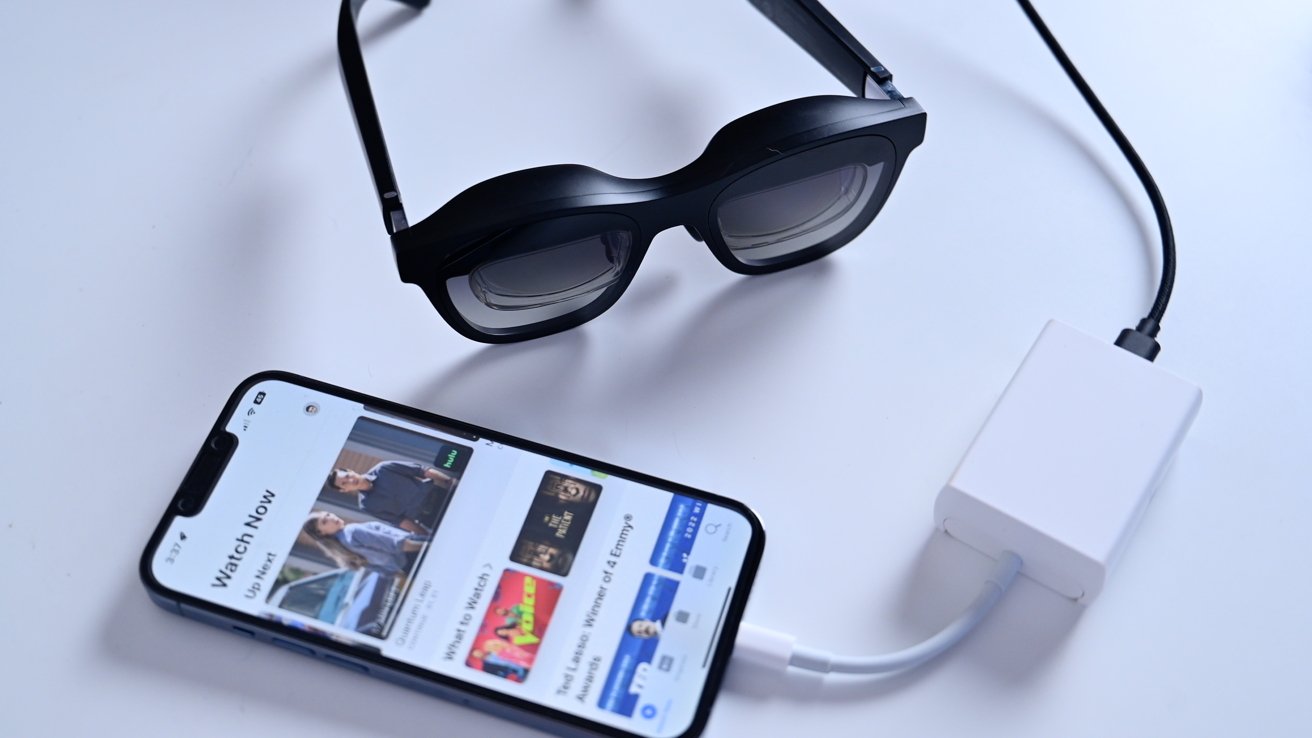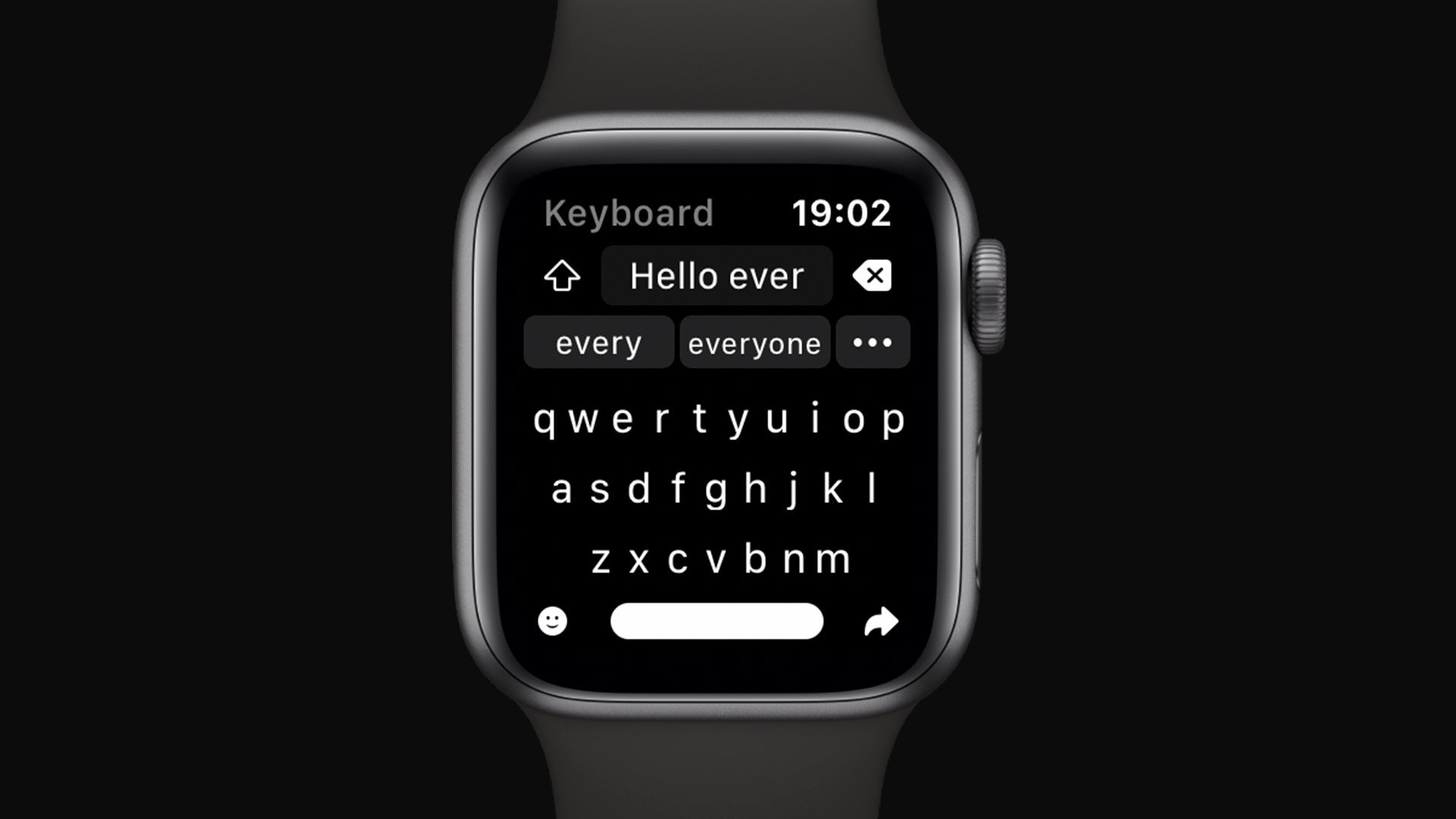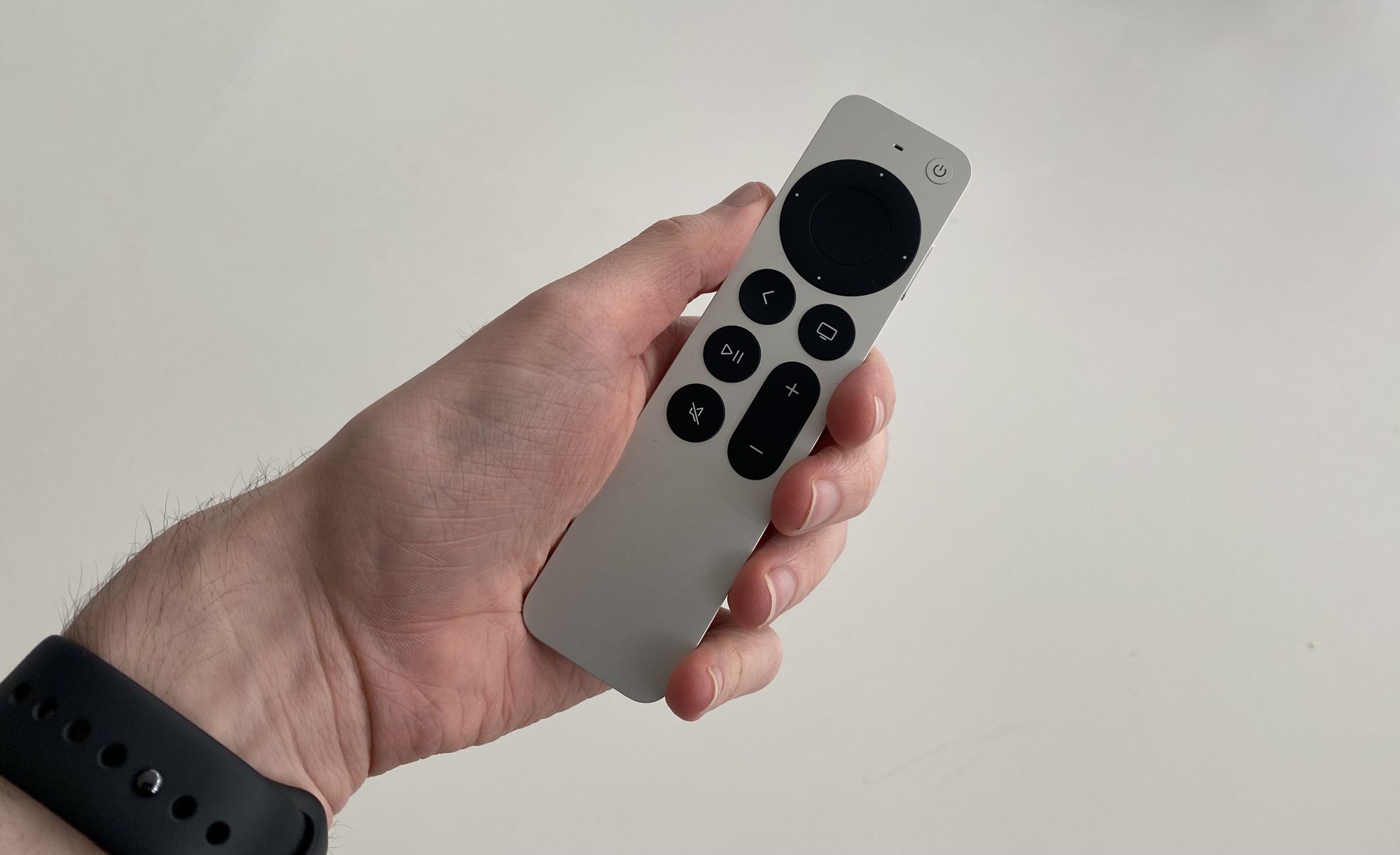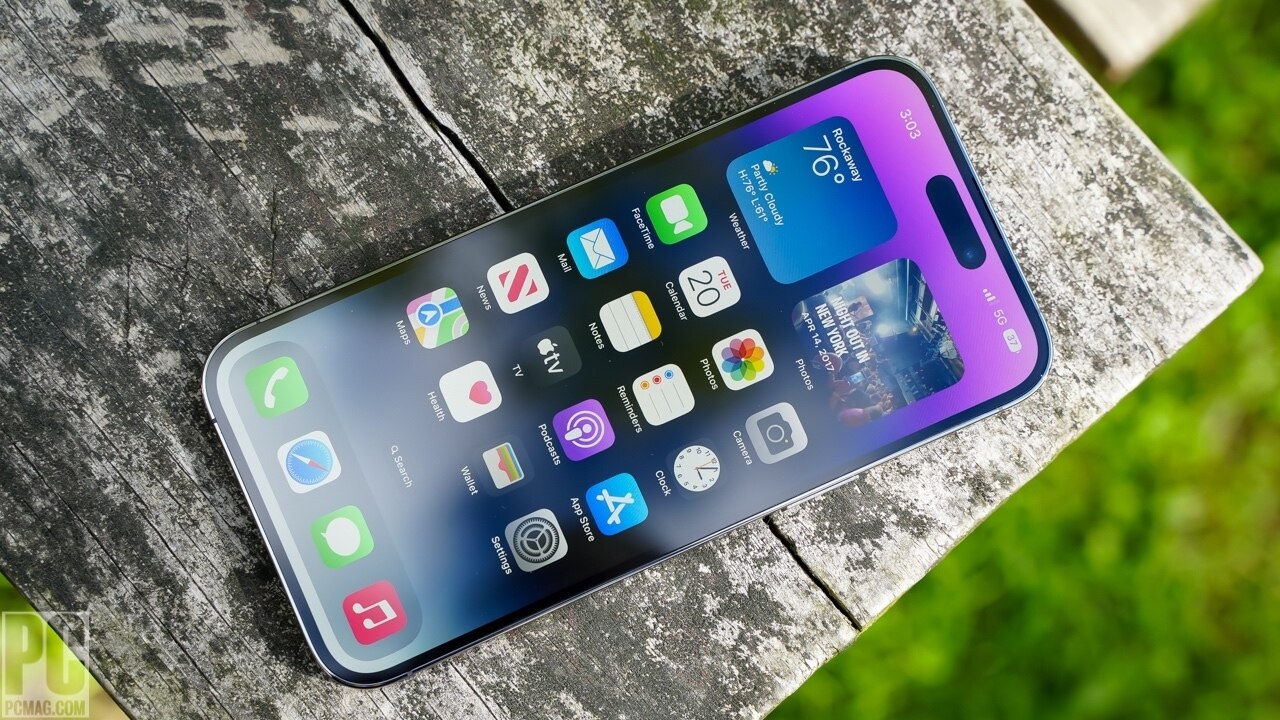Introduction
The keyboard is an essential component of any smartphone, including the iPhone. It allows us to communicate through text messages, emails, social media, and more. However, like any technology, the iPhone keyboard can sometimes encounter issues and become unresponsive or malfunctioning. This can be frustrating and hinder our productivity. Fortunately, there are several troubleshooting steps you can take to fix keyboard issues on your iPhone.
In this article, we will explore some of the common issues that iPhone users may face with their keyboard and provide solutions to resolve them. Whether you are experiencing unresponsive keys, lag while typing, or incorrect autocorrections, we’ve got you covered. By following these troubleshooting steps, you can get your iPhone keyboard back to working seamlessly.
Before we dive into the solutions, it’s important to note that the steps mentioned might differ slightly depending on your iPhone model and iOS version. It’s always a good idea to update your iPhone’s software to the latest version to ensure you have access to the most recent bug fixes and improvements.
Now, let’s explore the various methods to fix keyboard issues on your iPhone!
Common Issues with iPhone Keyboard
While the iPhone keyboard is generally reliable, there are a few common issues that users may encounter. These issues can range from unresponsive keys to autocorrect errors. Here are some of the most common problems:
- Unresponsive Keys: Sometimes, certain keys may become unresponsive, making it difficult to type. This can happen due to software glitches or physical damage to the keyboard.
- Lag or Slow Typing: If there is a delay between pressing a key and seeing the corresponding letter appear on the screen, it can make typing frustratingly slow.
- Autocorrect Errors: Autocorrect is a helpful feature, but it can also lead to embarrassing or incorrect substitutions. Words may be changed unexpectedly, resulting in messages that don’t make sense.
- Incorrect Key Presses: Some users may find that they accidentally press incorrect keys, leading to misspelled words or gibberish sentences. This can be especially challenging on smaller iPhone models.
- Disappearing Keyboard: In certain situations, the iPhone keyboard may suddenly disappear, preventing users from entering text altogether.
These issues can disrupt your productivity and hinder your overall experience with the iPhone. Thankfully, there are several troubleshooting steps you can take to resolve these problems and get your keyboard working flawlessly again. Let’s explore these solutions in the following sections.
Restart Your iPhone
One of the simplest and most effective solutions for fixing keyboard issues on your iPhone is to restart the device. Restarting can help refresh the system and resolve any temporary glitches or software conflicts that may be causing the problem. Here’s how you can restart your iPhone:
- For iPhone 8 and later models: Press and quickly release the volume up button, then press and quickly release the volume down button. Finally, press and hold the side button until the Apple logo appears.
- For iPhone 7 and 7 Plus: Press and hold both the volume down button and the side button together until the Apple logo appears.
- For iPhone 6s and earlier models: Press and hold both the home button and the side button together until the Apple logo appears.
After your iPhone restarts, try using the keyboard again to check if the issue has been resolved. Many times, a simple restart can clear any temporary software hiccups causing the keyboard problem.
If the keyboard problem persists even after restarting your iPhone, don’t worry! There are more troubleshooting steps you can try, which we’ll explore in the following sections.
Update Your iPhone Software
Keeping your iPhone’s software up to date is crucial for overall performance and can also help fix keyboard issues. Apple regularly releases software updates that include bug fixes, improvements, and new features. Updating your iPhone’s software can resolve any known issues that may be causing keyboard problems. Here’s how you can update your iPhone:
- Connect your iPhone to a stable Wi-Fi network.
- Go to the “Settings” app on your iPhone, then scroll down and tap on “General”.
- Select “Software Update”.
- If an update is available, tap on “Download and Install”. You may need to enter your passcode and agree to the terms and conditions.
- Wait for the update to download and then tap on “Install”.
It’s important to note that updating your iPhone’s software can take some time, depending on the size of the update and the speed of your internet connection. Make sure your iPhone is connected to a reliable power source to prevent any interruptions.
Once the update is complete, your iPhone will restart, and you can check if the keyboard issue has been resolved. If the problem persists, don’t worry, there are more troubleshooting steps to try.
Updating your iPhone’s software not only helps fix keyboard issues but also ensures you have the latest security patches and features. It’s recommended to regularly check for updates and install them to keep your iPhone running smoothly.
Check Keyboard Settings
When experiencing issues with your iPhone keyboard, it’s important to check the keyboard settings to ensure that everything is configured correctly. There may be some settings that need adjustment to resolve the problem. Here’s how you can check the keyboard settings on your iPhone:
- Open the “Settings” app on your iPhone and select “General”.
- Scroll down and tap on “Keyboard”.
- Check if the “Auto-Capitalization”, “Auto-Correction”, and “Check Spelling” options are enabled. If any of them are turned off, toggle them on.
- If you’re using a third-party keyboard app, tap on “Keyboards” and select the keyboard app you’re using. Ensure it is enabled.
- Under “Keyboards”, you can also manage the order of keyboards by tapping on “Edit” and reordering them as desired.
By ensuring that the necessary keyboard settings are enabled and configured properly, you can eliminate any potential issues caused by incorrect settings. After making any adjustments, test your keyboard to see if the problem persists.
If the keyboard issue is still not resolved, there are additional troubleshooting steps you can try, which we will explore in the upcoming sections.
Reset Keyboard Dictionary
If you are experiencing persistent keyboard issues on your iPhone, such as incorrect autocorrect suggestions or strange word suggestions, resetting the keyboard dictionary can help resolve these problems. By resetting the dictionary, you are essentially clearing any custom words, spellings, and learned autocorrect entries. Here’s how you can reset the keyboard dictionary on your iPhone:
- Go to the “Settings” app on your iPhone and select “General”.
- Scroll down and tap on “Reset”.
- Select “Reset Keyboard Dictionary”. You may need to enter your passcode to proceed.
- A confirmation pop-up will appear. Tap on “Reset Dictionary” to confirm.
Keep in mind that resetting the keyboard dictionary will remove all custom words and autocorrections you have added. However, it can help resolve any persistent issues you are facing with the keyboard. After resetting the dictionary, try using the keyboard again to see if the problem has been resolved.
If resetting the keyboard dictionary doesn’t solve the issue, don’t worry. There are more troubleshooting steps to try, which we’ll explore in the following sections.
Clear iPhone Cache
Clearing the cache on your iPhone can help resolve various performance issues, including keyboard problems. Cached data can accumulate over time and may cause conflicts or glitches that affect the functioning of the keyboard. Clearing the cache can freshen up the system and potentially fix the issue. Here’s how you can clear the cache on your iPhone:
- Open the “Settings” app on your iPhone and select “General”.
- Scroll down and tap on “iPhone Storage”.
- Wait for the Storage section to load and then scroll down to find the list of apps installed on your iPhone.
- Locate the app associated with the keyboard you’re using. For example, if you’re using the default Apple keyboard, look for the “Settings” app.
- Tap on the app and then select “Offload App”. This will remove the app to free up space but keep the related data intact.
- Once the offloading process is complete, tap on the app again and select “Reinstall App”. This will reinstall the app on your iPhone.
By offloading and reinstalling the app associated with the keyboard, you essentially clear its cache, which may help resolve any underlying issues. After reinstalling, check if the keyboard problem is resolved.
If clearing the cache doesn’t fix the issue, don’t worry. There are more troubleshooting steps you can try, which we’ll explore in the following sections.
Uninstall and Reinstall Third-Party Keyboard Apps
If you are using a third-party keyboard app on your iPhone and experiencing issues with it, uninstalling and reinstalling the app can help resolve any software conflicts or glitches that may be causing the keyboard problems. Here’s how you can uninstall and reinstall a third-party keyboard app:
- Go to the home screen of your iPhone and find the third-party keyboard app you want to uninstall.
- Press and hold the app icon until the icons start to wiggle.
- Tap on the “X” icon that appears on the corner of the app’s icon.
- A confirmation message will pop up asking if you want to delete the app. Tap on “Delete” to uninstall the app from your iPhone.
- Once the app is uninstalled, visit the App Store on your iPhone.
- Search for the third-party keyboard app you want to reinstall.
- Tap on the app when you find it, then tap on the “Get” button to download and install the app on your iPhone.
After reinstalling the third-party keyboard app, open it and configure any necessary settings or permissions. Test the keyboard functionality to check if the issue has been resolved.
If the problem persists with the third-party keyboard app or you prefer to use the default Apple keyboard, you can remove the third-party keyboard by going to “Settings” > “General” > “Keyboard” > “Keyboards”. Tap on the third-party keyboard and select “Delete Keyboard”. This will remove the third-party keyboard from your iPhone.
If uninstalling and reinstalling the third-party keyboard app doesn’t fix the problem, there are more troubleshooting steps to try, which we’ll explore in the following sections.
Reset All Settings
If you have tried various troubleshooting methods and still experience keyboard issues on your iPhone, resetting all settings can be an effective solution. Resetting all settings will revert your iPhone’s settings to their default state without affecting your personal data or installed apps. Here’s how you can reset all settings on your iPhone:
- Open the “Settings” app on your iPhone and select “General”.
- Scroll down and tap on “Reset”.
- Choose “Reset All Settings” from the list of options.
- You may be prompted to enter your passcode for verification.
- Tap on “Reset All Settings” again to confirm.
Please note that resetting all settings will remove any customized preferences, such as Wi-Fi passwords, display settings, and keyboard settings. However, it can help resolve complex software issues that may be causing keyboard problems.
After resetting all settings, your iPhone will restart. You will need to reconfigure your preferences, such as Wi-Fi, Face ID, and Touch ID settings. Once everything is set up, check if the keyboard issue has been resolved.
If the problem persists even after resetting all settings, there is one more troubleshooting step you can try, which we’ll explore in the following section.
Restore Your iPhone
If you have exhausted all other troubleshooting steps and are still facing persistent keyboard issues on your iPhone, restoring your device can be a last resort solution. Restoring your iPhone will erase all data and settings, returning it to its factory default state. However, it can help resolve complex software issues that may be causing the keyboard problems. Here’s how you can restore your iPhone:
- Connect your iPhone to a computer with the latest version of iTunes installed.
- Open iTunes and select your iPhone when it appears.
- In the Summary tab, click on the “Restore iPhone” button.
- A pop-up window will appear, asking if you want to back up your iPhone. Choose whether you want to create a backup or proceed without one. It’s recommended to create a backup to avoid losing important data.
- Click on “Restore” to confirm and begin the restoration process. Your iPhone will restart and the latest version of iOS will be installed.
Once the restoration process is complete, you will be guided through the initial setup of your iPhone. You can either restore from a backup or set up your device as new. After the setup is complete, check if the keyboard issue has been resolved.
It’s important to note that restoring your iPhone should be considered a last resort, as it will erase all data on your device. Make sure you have a backup of your important data before proceeding with this step.
If the keyboard problem still persists after restoring your iPhone, it’s recommended to contact Apple Support or visit an Apple Store for further assistance.
Conclusion
The keyboard is a crucial component of your iPhone, and experiencing problems with it can be frustrating. However, by following the troubleshooting steps outlined in this article, you can resolve most keyboard issues and get your iPhone typing smoothly again.
We started by discussing the common issues iPhone users may encounter with their keyboards, such as unresponsive keys, lag, autocorrect errors, incorrect key presses, and even disappearing keyboards. These issues can disrupt your productivity, but fortunately, there are steps you can take to address them.
We then discussed several troubleshooting methods, starting with the simple step of restarting your iPhone. This can help refresh the system and clear temporary glitches. Updating your iPhone’s software is another key step, as it ensures you have the latest bug fixes and improvements from Apple.
Checking the keyboard settings, resetting the keyboard dictionary, and clearing the iPhone cache are additional steps you can take to fix keyboard issues. If you’re using a third-party keyboard app, uninstalling and reinstalling it can help resolve any software conflicts.
If the problem persists, resetting all settings on your iPhone can be a more comprehensive solution. And as a last resort, restoring your iPhone to its factory default settings can resolve complex software issues.
Remember to back up your data before attempting any troubleshooting steps that involve resetting or restoring your iPhone. And if the keyboard problem continues even after trying these solutions, it’s recommended to seek assistance from Apple Support or visit an Apple Store for further help.
We hope this guide has provided you with valuable insights and solutions for fixing keyboard issues on your iPhone. Enjoy typing away without any interruptions!







